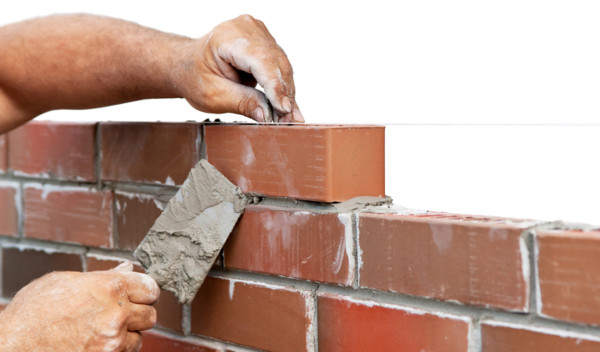

The bank has admitted the launch is a direct response to the government’s Green Taskforce recommendations, aimed at supporting clean growth in the mortgage market. But the lender also claimed that customers are increasingly expressing an interest in buying homes that are more energy efficient.
The bank has partnered with five housebuilding firms to offer its mortgage to anyone purchasing one of their new-build homes with an Energy Performance Certificate (EPC) rating of A or B. Borrowers will receive a 0.1 per cent discount on two- and five-year fixed-rate mortgages, up to 90 per cent loan to value (LTV) or 75 per cent LTV on Help to Buy. Barclays cites savings of up to £750 over five years on a mortgage of £150,000, and energy savings on a typical three-bedroom house of £585 a year. It plans to partner with all the major UK housebuilders by the end of 2018.
The bank reports that around 82 per cent of new-build homes completed in 2017 achieved an EPC rating of A or B. Chart 1, by contrast, shows the EPC rating of more typical, existing housing stock. It is based on some 4m houses in the National Energy Efficiency Database, which provide a representative example of properties in England and Wales. Clearly, UK housing stock is largely made up of dwellings that predate modern energy efficiency regulations. Slightly more than 70 per cent of properties are rated C and D; these are likely to have been built post war.
The 15m or so privately owned homes in the UK are responsible for around 15 per cent of the UK’s overall carbon emissions. The Green Deal, the UK government’s last initiative designed to incentivise homeowners to make their homes more energy efficient, was quietly closed down in 2015. The scheme revolved around lending to homeowners to enable them to make energy efficient improvements to their properties. Its failure has been attributed to its uncompetitive rates, a lack of awareness of the scheme, and a lack of clarity around the savings to be gained from energy efficiency. So encouraging lenders to provide incentives to mortgage borrowers represents a new approach.
Reward green retrofit
Enter the Green Taskforce report ‘Accelerating green finance’, published in March 2018, which called for the government to support “competitively priced… mortgages by lenders to finance and reward green retrofit”.
While there is no official definition of a green mortgage, the Taskforce said any future definition must incentivise homeowners to “retrofit their homes to qualify for better mortgage terms”, that is, lower interest rates or higher LTVs based on EPC or equivalent targets.
The EU, for its part, has funded an energy-efficient mortgages action plan (EeMAP), which aims to allow homebuyers to be offered better interest rates or larger loans if they buy energy-efficient homes or improve their existing property in such a manner. It points to the importance of linking fuel efficiency to the amount a householder could borrow or save on their borrowing. The reasoning is that energy-efficient homes save their owners money, making them less likely to default on their mortgage payments, though this has yet to be proven. It also argues that the value of energy-efficient properties can rise significantly over time.
Fuel estimation tool
Research by the Lenders Group conducted among borrowers last year, meanwhile, suggested that more than 80 per cent of UK respondents described themselves as either very or quite likely to purchase a green mortgage. The firm argued that current lender calculations take no account of how fuel bills vary depending on the energy efficiency of a property. Lenders, it suggested, should use better estimates to demonstrate that monies not committed to fuel costs in low-energy homes could be used to support higher maximum mortgage lending amounts.
Barclays is not the first lender to offer a ‘green’ mortgage. Ecology Building Society and Norwich & Peterborough, for example, have long offered mortgage products incentivising borrowers to make their homes more energy efficient. However, Barclays’ new product does represent something of a breakthrough in that it is the first major lender to offer such a mortgage. For those tasked with pushing the green agenda in the UK housing sector, it represents a development in the right direction.



